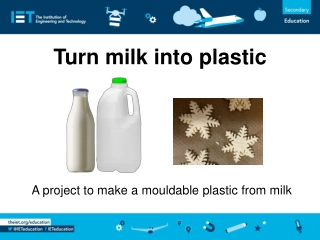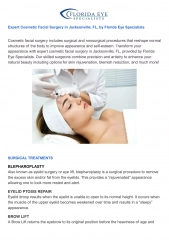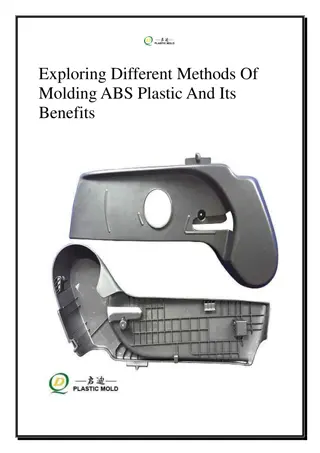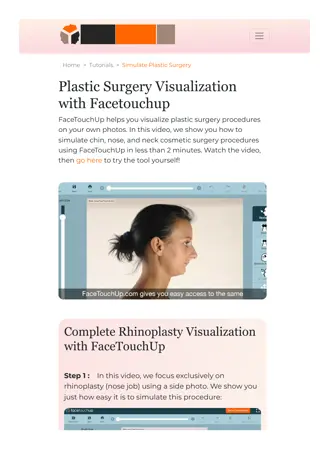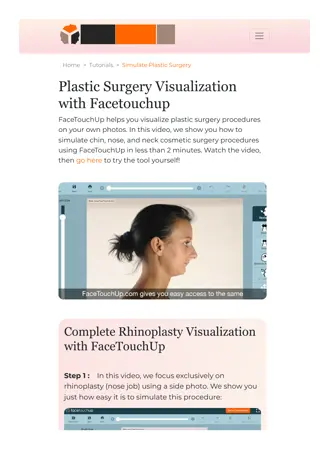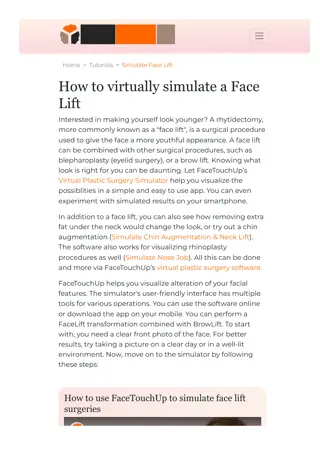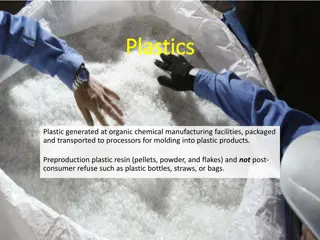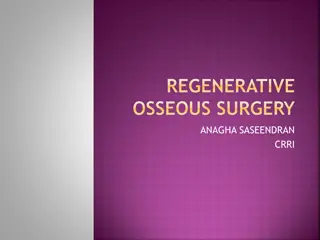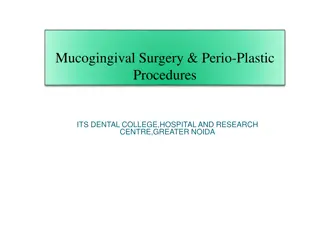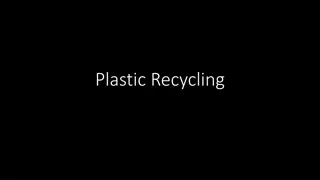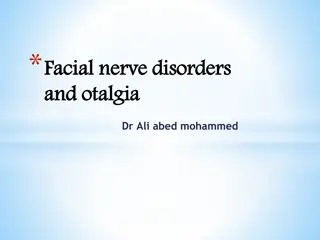Facial Plastic Surgery Review and Insights
Explore the intricate details of facial analysis, facelift procedures, forehead anatomy, and cleft lip deviations through a comprehensive inservice review. From understanding the Frankfort horizontal plane to identifying the most commonly injured nerves, this content provides valuable insights into facial aesthetics and surgical considerations.
Download Presentation

Please find below an Image/Link to download the presentation.
The content on the website is provided AS IS for your information and personal use only. It may not be sold, licensed, or shared on other websites without obtaining consent from the author.If you encounter any issues during the download, it is possible that the publisher has removed the file from their server.
You are allowed to download the files provided on this website for personal or commercial use, subject to the condition that they are used lawfully. All files are the property of their respective owners.
The content on the website is provided AS IS for your information and personal use only. It may not be sold, licensed, or shared on other websites without obtaining consent from the author.
E N D
Presentation Transcript
FPRS Inservice Review 2-15-12
Facial Analysis The Frankfort horizontal plane connects the: A. Nasion and pogonion B. Nasion and porion C. Porion and orbitale D. Stomion and rhinion
Facial Analysis The Frankfort horizontal plane connects the: A. Nasion and pogonion B. Nasion and porion C. Porion and orbitale D. Stomion and rhinion
Facelift Most commonly injured nerve: A. Marginal mandibular branch B. Frontal branch C. Buccal branch D. Great auricular nerve
Facelift Most commonly injured nerve: A. Marginal mandibular branch B. Frontal branch C. Buccal branch D. Great auricular nerve
Facelift Most commonly injured MOTOR nerve: A. Marginal mandibular branch B. Frontal branch C. Buccal branch D. Great auricular nerve
Facelift Most commonly injured MOTOR nerve: A. Marginal mandibular branch B. Frontal branch C. Buccal branch D. Great auricular nerve
Forehead Rhytids Horizontal rhytids in the glabella are cause by contraction of which muscles? A. Procerus B. Corrugator supercilii
Forehead Rhytids Horizontal rhytids in the glabella are cause by contraction of which muscles? A. Procerus B. Corrugator supercilii
Forehead Anatomy Elevator muscle Frontalis Depressor muscles: Procerus Corrugator supercilii Orbital portion of the orbicularis oculi)
Unilateral Cleft Lip Nose Tip and columella deviate toward: A. Cleft side B. Non-cleft side
Unilateral Cleft Lip Nose Tip and columella deviate towards: A. Cleft side B. Non-cleft side
Unilateral Cleft Lip Nose Caudal septum deviates toward: A. Cleft side B. Non-cleft side
Unilateral Cleft Lip Nose Caudal septum deviates toward: A. Cleft side B. Non-cleft side
Unilateral Cleft Lip Nose Cartilaginous and bony septum deviates toward: A. Cleft side B. Non-cleft side
Unilateral Cleft Lip Nose Cartilaginous and bony septum deviates toward: A. Cleft side B. Non-cleft side
Unilateral Cleft Lip Nose Cleft side alar base is positioned: A. Posteriorly, laterally and inferiorly B. Medially and inferiorly C. Posteriorly and medially
Unilateral Cleft Lip Nose Cleft side alar base is positioned: A. Posteriorly, laterally and inferiorly B. Medially and inferiorly C. Posteriorly and medially
Unilateral Cleft Lip Nose The lower lateral cartilage on the cleft side has an elongated: A. Lateral crus B. Medial crus
Unilateral Cleft Lip Nose The lower lateral cartilage on the cleft side has an elongated: A. Lateral crus B. Medial crus
Rhinoplasty What incisions comprise an open rhinoplasty incision? A. Mid-columellar and rim B. Mid-columellar and marginal C. Mid-columellar and intracartilaginous D. Mid-columellar and intercartilaginous
Rhinoplasty What incisions comprise an open rhinoplasty incision? A. Mid-columellar and rim B. Mid-columellar and marginal C. Mid-columellar and intracartilaginous D. Mid-columellar and intercartilaginous
Rhinoplasty Maneuvers Cephalic trim / cephalic turn-in Spreader grafts / auto-spreader grafts Lateral crural steal / Lateral crural overlay Tongue-in-groove Domal sutures
Lateral Crural Steal Increases tip rotation and projection
Lateral Crural Overlay Increases tip rotation, decreases tip projection
Tongue-in-groove - Introduced to treat hanging columella Stabilizes tip, prevents ptosis Can be used to set tip projection - -
Dynamic Tip Ptosis What causes tip ptosis with smiling?
Tip Ptosis Depressor septi muscle can accentuate drooping nasal tip and shorten upper lip on animation Dissection and transposition of muscle during rhinoplasty can improve tip-upper lip relationship
What is wrong with this nose? A. Radix too high B. Over-rotated C. Tension nose deformity D. Rhinion too low
What is wrong with this nose? A. Radix too high B. Over-rotated C. Tension nose deformity D. Rhinion too low
Tension Nose Overdeveloped quadrangular cartilage Tents tip away from nose Tethers upper lip Abnormal exposure of maxillary gingiva Narrowed nostrils Increased columellar show
Nasal Tip Defect 7mm defect on nasal tip. Repair with? A. Bilobed flap B. Primary closure C. Secondary intention D. STSG
Nasal Tip Defect 7mm defect on nasal tip. Repair with? A. Bilobed flap B. Primary closure C. Secondary intention D. STSG
Hair Transplantation Most common complication of follicular unit hair transplantation? A. Erythema B. Cellulitis C. Hair loss D. Scarring
Hair Transplantation Most common complication of follicular unit hair transplantation? A. Erythema B. Cellulitis C. Hair loss D. Scarring
Hair Transplantation Follicular units (as opposed to hair plugs ) Telogen effluvium Trichophytic closure


